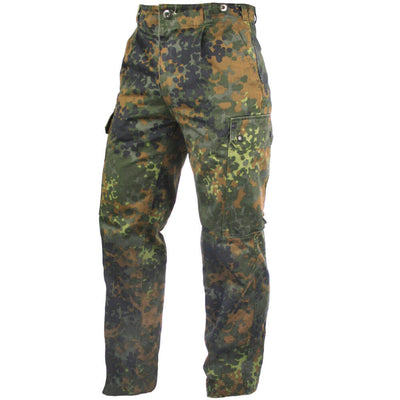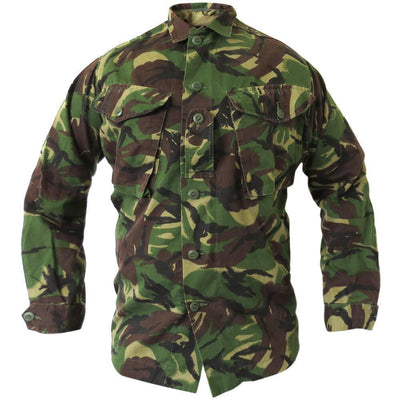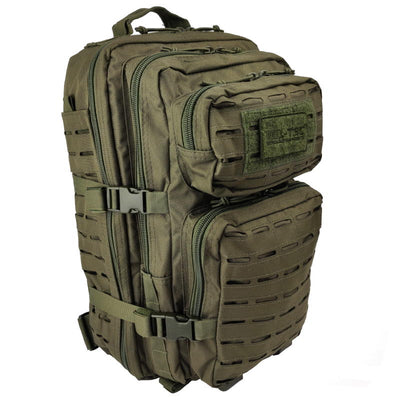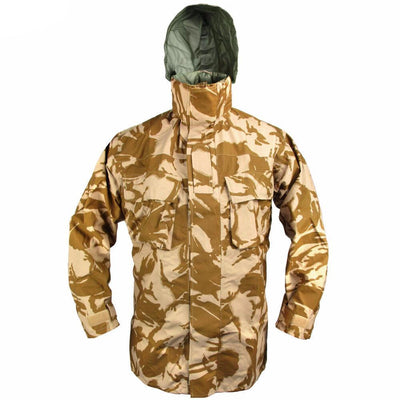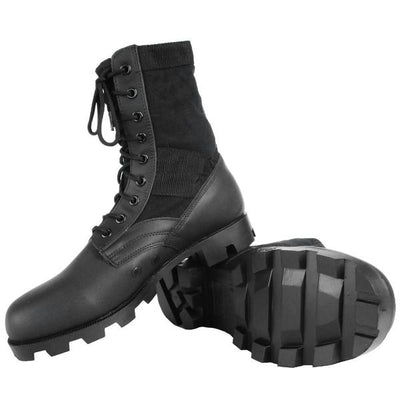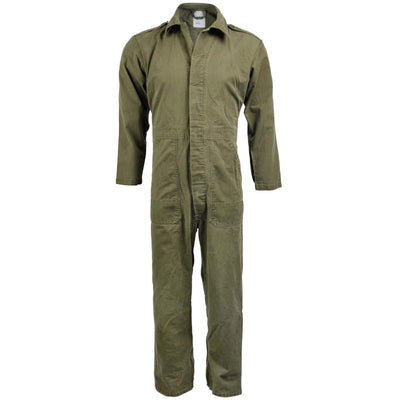Latest Arrivals


Swiss Army Surplus
Swiss Alpenflage M70 Jacket
Sale price$76.50 AUD
Rated 4.7 out of 5 stars
11 Reviews


Swiss Army Surplus
Swiss Army Alpenflage M70 Backpack
Sale price$15.50 AUD
Rated 5.0 out of 5 stars
1 Review


German Army Surplus
German Army Flecktarn Rucksack
Sale price$251.50 AUD
Rated 4.5 out of 5 stars
4 Reviews


Swiss Army Surplus
Swiss Army Alpenflage Shirt
Sale price$26.00 AUD
Rated 5.0 out of 5 stars
3 Reviews


Swiss Army Surplus
Swiss Army Winter Wool Hat
From $15.00 - $20.50
Rated 5.0 out of 5 stars
6 Reviews
On Sale
Save 40%Clearance


Bushtracks
Auscam Tactical Vest
Sale price$92.10 AUD
Regular price$153.50 AUD
Rated 5.0 out of 5 stars
1 Review
Save 30%Clearance

Mountain Adventure
Nikau Softshell Jacket - Black
Only 3 units left
Sale price$42.70 AUD
Regular price$61.00 AUD
Rated 4.0 out of 5 stars
1 Review
Save 30%Clearance


Save 30%Clearance


Mil-Tec
CCE Woodland SCU 14 Softshell Jacket
Sale price$129.15 AUD
Regular price$184.50 AUD
Only 1 unit left
Save 30%Clearance


Kiwistuff
Nepia Softshell Jacket - Granite
Sale price$57.05 AUD
Regular price$81.50 AUD
Only 2 units left
Save 30%Clearance


Kombat
Kids Patriot Tactical Softshell Jacket - BTP
Sale price$71.40 AUD
Regular price$102.00 AUD
Only 1 unit left
Save 40%Clearance


Thermatech
ThermaTech Black Thermal Pants
Sale price$42.90 AUD
Regular price$71.50 AUD
Only 3 units left
Save 40%Clearance


Mil-Tec
Woodland ACU Ripstop Combat Trousers
Sale price$73.50 AUD
Regular price$122.50 AUD
Only 1 unit left
Save 40%Clearance


Mil-Tec
Olive Drab Tactical Flight Jacket
Only 1 unit left
Sale price$153.90 AUD
Regular price$256.50 AUD
Rated 4.0 out of 5 stars
1 Review
Save 40%Clearance


Rothco
Tactical Camo BDU Pants - Yellow
Sale price$73.50 AUD
Regular price$122.50 AUD
Only 3 units left

